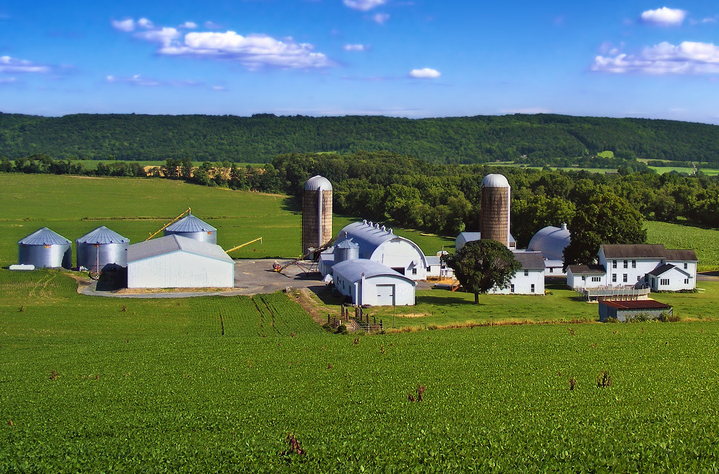New Jersey Future Blog
Thinking “Outside of the Curbs”
June 21st, 2006 by Tim Evans
- Some 70 percent of New Jerseyans live within five miles of a train station. Some 30 percent live within walking distance.
- Locating more jobs near transit stations, with housing affordable to workers of all incomes, promises both community and business benefits, state transportation leaders said June 9 at Rutgers, where they announced a commitment to increasing jobs and affordable housing through the state’s Transit Villages program.
- Transit Villages are “business friendly” because they offer employers access to a large local base of workers or customers, leaders said.
- Locating jobs and homes near transit also increases commuting options, and reduces traffic congestion. Vehicle ownership per household is lower in Transit Villages, according to a Voorhees Transportation Center study presented June 9.
- Transit Villages have also proven an economic boon to communities that win the designation. The Voorhees study reports that Transit Villages attracted $521 million in new investment between 1999 and 2003, and that significant numbers of residents felt their communities had improved.
(Source: NJDOT and NJTRANSIT. Transit village impact study by the Alan M. Voorhees Transportation Center, Rutgers University, www.policy.rutgers.edu/vtc)
STATE INCREASES TRANSIT VILLAGE SUPPORT
DOT Commissioner Kris Kolluri and Ken Pringle, board member of NJTRANSIT and mayor of Belmar, promised increased state support for transit-oriented development June 9 at the second Transit Village Symposium sponsored by the Voorhees Transportation Center at Rutgers.
Kolluri stressed the importance of cultivating employment centers at key transit nodes, noting that New Jersey should not rely exclusively on New York City to generate transit-accessible jobs for NJ residents. He also said that affordable housing will now be a primary consideration when approving future Transit Villages, consistent with the Administration’s policy goals of providing more affordable housing and economic growth. Future municipal applications will be evaluated on a rolling basis as submitted, to better support communities seeking Transit Village designation and related state support, Kolluri said.
Pringle described the increased support for transit-oriented development as “the beginning of a change in the way we view our vehicles,” promising to shift today’s land-use norms with regard to sprawling lots, highway construction, employer locations, and large parking lots.
For questions about this issue of Future Facts, contact Tim Evans, research director.
















